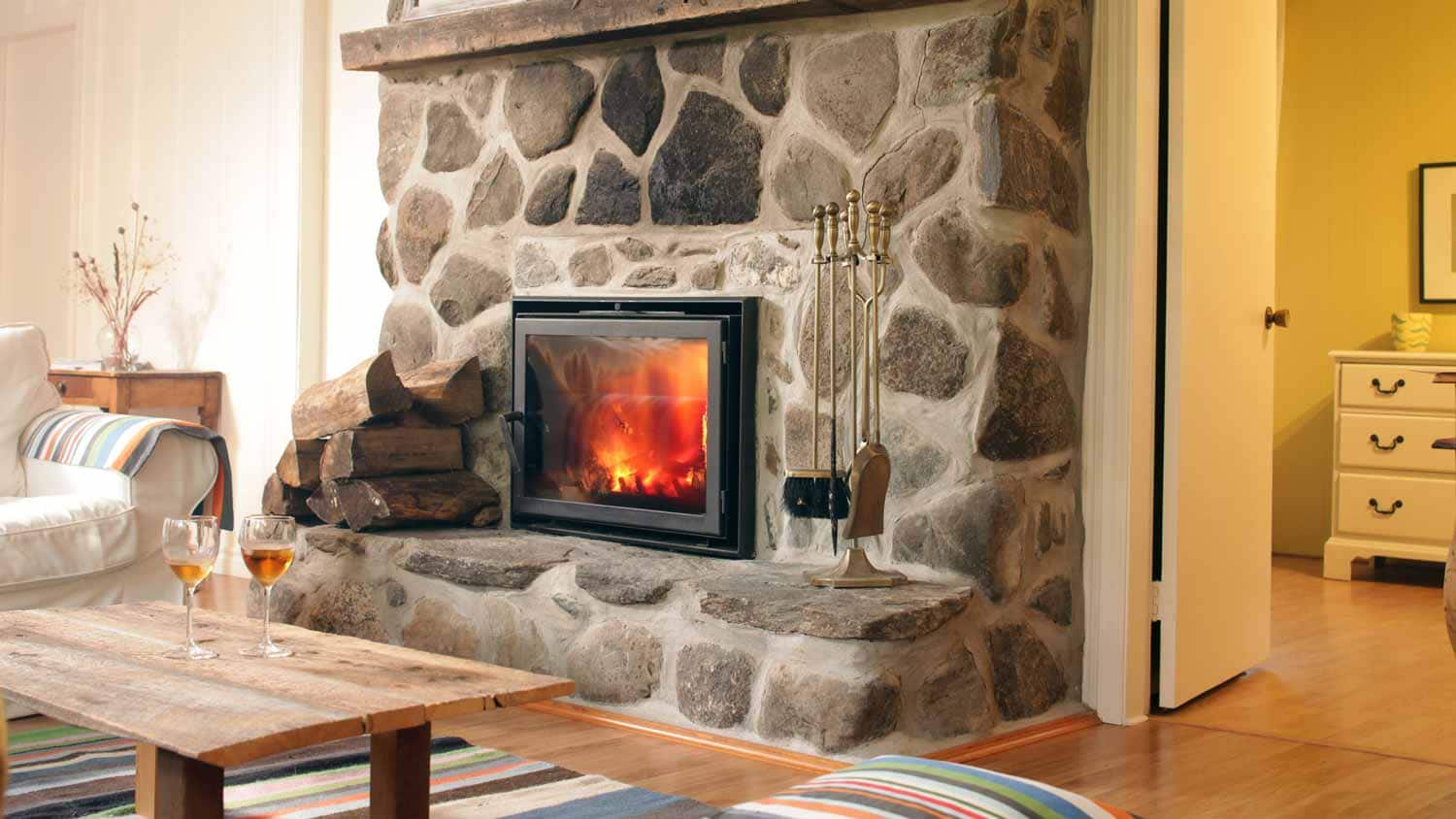

Articles
How To Clean Soot Off Stone Fireplace
Modified: January 23, 2024
Learn effective techniques and tips for cleaning soot off your stone fireplace with our informative articles. Discover how to restore the beauty of your fireplace with ease.
(Many of the links in this article redirect to a specific reviewed product. Your purchase of these products through affiliate links helps to generate commission for Storables.com, at no extra cost. Learn more)
Introduction
A stone fireplace is a beautiful and timeless addition to any home. It not only provides warmth and a cozy ambiance, but it also adds a touch of elegance to the room. However, over time, soot can accumulate on the stone surface, detracting from its natural beauty and creating an unsightly appearance. Cleaning soot off a stone fireplace may seem like a daunting task, but with the right techniques and tools, you can restore its original luster.
Understanding the nature of soot is essential before embarking on the cleaning process. Soot is a black, powdery substance that forms when materials such as wood, coal, or oil are burned. It contains carbon particles that can easily adhere to surfaces, including stone. When soot settles on a stone fireplace, it not only creates a dirty appearance but can also emit unpleasant odors and affect indoor air quality.
Before you begin cleaning, it’s crucial to take safety precautions and prepare the area. Protect yourself by wearing gloves, safety goggles, and a dust mask to avoid inhalation of soot particles. Additionally, ensure that the surrounding area is well-protected by covering nearby furniture or flooring with drop cloths or plastic sheets. This will help prevent any accidental damage or staining during the cleaning process.
Gathering the necessary cleaning supplies is the next step. A dry sponge or brush specifically designed for cleaning stone surfaces is essential for removing loose soot. Additionally, you will need a cleaning solution suitable for use on stone. Some options include dish soap diluted in warm water, a specialized stone cleaner, or a mixture of vinegar and water. Have clean, lint-free cloths or towels on hand for drying the stone after cleaning.
To begin the cleaning process, start by removing any loose soot from the fireplace. Using a dry sponge or brush, gently sweep away the loose soot particles. Work in small sections, starting from the top and working your way down. This will prevent the soot from spreading to areas you’ve already cleaned.
Next, focus on cleaning the soot stains with a dry sponge or brush. Dip the sponge or brush into the cleaning solution and gently scrub the soot-stained areas. Be careful not to scrub too aggressively, as this may damage the stone. Rinse the sponge or brush frequently in clean water to remove any residue and prevent smearing the soot.
For stubborn soot stains that persist even after using the cleaning solution, consider using a more potent cleaning product specifically formulated for stone surfaces. Apply the cleaning solution to the stained areas and let it sit for a few minutes to allow the product to penetrate the soot. Then, scrub the stains with a soft brush or sponge. Always follow the manufacturer’s instructions and test the product on a small, inconspicuous area of the stone before applying it to the entire fireplace.
Key Takeaways:
- Restore the beauty of your stone fireplace by understanding soot, taking safety precautions, and using the right cleaning supplies. Follow step-by-step techniques to effectively remove soot and maintain a clean, elegant fireplace.
- Maintain a clean stone fireplace with regular cleaning, proper ventilation, and protective measures. Inspect, touch up, and consult professionals when needed to ensure long-term care and enjoyment of your beautiful fireplace.
Read more: How To Clean Soot Off Fireplace Brick
Understanding the Nature of Soot
Soot is a black, powdery substance that forms when organic matter or fossil fuels are burned incompletely. It is composed of tiny carbon particles that can easily cling to surfaces, including stone. Understanding the nature of soot is crucial when it comes to effectively cleaning it off a stone fireplace.
Soot is commonly produced by burning materials such as wood, coal, oil, or gas. When these materials are burned, carbon particles are released into the air. These particles can then settle on surfaces and form a layer of soot. Even if your stone fireplace is not regularly used, soot particles can still be present in the air from other sources like candles, fireplaces in other parts of the house, or outdoor pollution.
When soot settles on a stone surface, it can create an unsightly layer that detracts from the fireplace’s natural beauty. Soot can be particularly challenging to remove, as it has a tendency to cling tenaciously to porous surfaces like stone. This can make cleaning a stone fireplace a bit more challenging than cleaning other surfaces.
In addition to its aesthetic impact, soot can also emit odors and affect the indoor air quality. Soot particles are small enough to be inhaled, which can be harmful to your health, especially if you have respiratory issues such as asthma or allergies. Removing soot from your stone fireplace is not only for cosmetic purposes but also for maintaining a clean and healthy living environment.
It’s important to note that there are different types of soot, depending on the source of the combustion. For example, if you burn wood, the resulting soot may be different from the soot produced by burning coal or oil. Understanding the type of soot that has accumulated on your stone fireplace can help determine the most effective cleaning methods and products to use.
Before cleaning soot off your stone fireplace, it’s advisable to test a small, inconspicuous area with your chosen cleaning method. This will ensure that the cleaning process does not cause any damage or discoloration to the stone. Each stone type may react differently to cleaning products, so it’s important to proceed with caution.
By understanding the nature of soot and taking the necessary precautions, you can effectively and safely clean your stone fireplace, restoring its original beauty and enhancing the overall aesthetic of your living space.
Safety Precautions and Preparation
When it comes to cleaning soot off a stone fireplace, taking safety precautions and proper preparation is essential. By following these guidelines, you can protect yourself, your home, and ensure a successful cleaning process.
1. Wear Protective Gear: Before you begin cleaning, make sure to wear appropriate protective gear. Soot particles can be harmful if inhaled, so it’s crucial to wear a dust mask or respirator to protect your lungs. Additionally, wear gloves and safety goggles to shield your hands and eyes from any potential irritants or cleaning agents.
2. Ventilation: Ensure good ventilation in the area you will be working. Open windows and doors to allow fresh air to circulate, reducing the concentration of airborne particles and fumes.
3. Protect Surrounding Areas: Before you start cleaning, take the time to protect the surrounding areas of the stone fireplace. Cover nearby furniture, flooring, or any other objects with plastic sheets or drop cloths. This will prevent accidental damage or staining during the cleaning process.
4. Remove Loose Debris: Before you begin cleaning, remove any loose debris or large pieces of soot from the fireplace. Use a handheld brush or vacuum cleaner with a brush attachment to gently sweep away loose particles. This will make the cleaning process more effective and prevent spreading soot to areas you’ve already cleaned.
5. Test Cleaning Agents: Before applying any cleaning agents to the stone, it’s essential to test them on a small, inconspicuous area first. This will help you determine if the cleaning product is suitable for your stone fireplace and if it causes any discoloration or damage.
6. Choose the Right Cleaning Solution: There are several options for cleaning soot off a stone fireplace, including dish soap diluted in warm water, specialized stone cleaners, or a mixture of vinegar and water. Choose a cleaning solution that is safe for use on stone surfaces and follow the instructions carefully. Avoid abrasive cleaners or harsh chemicals that can damage the stone or grout.
7. Work in Segments: Cleaning a stone fireplace can be time-consuming, especially if there are extensive soot stains. To make the process more manageable, work in small sections. Clean one area at a time, ensuring that you thoroughly remove the soot and clean the stone before moving on to the next section.
By following these safety precautions and properly preparing the area, you can minimize the risks associated with cleaning soot off a stone fireplace. Taking these steps will ensure a safe and successful cleaning process, leaving your fireplace looking clean, beautiful, and ready to be enjoyed.
Gathering the Necessary Cleaning Supplies
Before you can begin cleaning soot off your stone fireplace, it’s essential to gather the necessary cleaning supplies. Having the right tools and products will ensure an efficient and effective cleaning process. Here are the essential cleaning supplies you’ll need:
- Dry Sponge or Brush: Start by selecting a soft, dry sponge or brush specifically designed for cleaning stone surfaces. This will aid in removing loose soot particles without scratching or damaging the stone. Look for a sponge or brush with soft bristles that won’t leave marks on the stone surface.
- Cleaning Solution: Choose a cleaning solution suitable for use on stone surfaces. There are several options available, including dish soap diluted in warm water, specialized stone cleaners, or a mixture of vinegar and water. Select a cleaning solution that is safe for your specific stone type and follows the manufacturer’s instructions for proper usage.
- Clean, Lint-Free Cloths or Towels: Have a few clean, lint-free cloths or towels on hand for drying the stone after cleaning. These will help remove any excess moisture and prevent streaks or watermarks on the stone surface.
- Protective Gloves: Invest in a pair of protective gloves to keep your hands safe during the cleaning process. Gloves will protect your skin from any potential irritants, cleaning agents, or soot particles.
- Safety Goggles: Protect your eyes by wearing safety goggles or glasses. This will shield your eyes from any potential splashes or particles that might be released during the cleaning process.
- Dust Mask or Respirator: Since soot particles can be harmful if inhaled, it’s important to wear a dust mask or respirator to protect your lungs. Make sure the mask fits securely and covers your mouth and nose completely.
- Plastic Sheets or Drop Cloths: To protect the surrounding area from accidental damage or staining, cover nearby furniture, flooring, or any other objects with plastic sheets or drop cloths. This will provide an extra layer of protection during the cleaning process.
Once you have gathered all the necessary cleaning supplies, you’ll be well-prepared to tackle the soot on your stone fireplace. Having the right tools and products will make the cleaning process more efficient and ensure that you achieve the desired results without causing any damage to the stone surface.
Removing Loose Soot
Before you can effectively clean soot stains off your stone fireplace, it’s important to remove any loose soot particles that may be sitting on the surface. Removing loose soot will prevent it from spreading and smearing during the cleaning process. Here’s how you can remove loose soot from your stone fireplace:
- Prepare the area: Ensure that you have taken the necessary safety precautions and covered the surrounding area with plastic sheets or drop cloths to protect against accidental staining or damage.
- Put on protective gear: Wear gloves, safety goggles, and a dust mask or respirator to protect yourself from the fine particles of soot.
- Use a dry sponge or brush: Select a soft, dry sponge or brush specifically designed for cleaning stone surfaces. Begin at the top of the stone fireplace, gently sweeping downwards in small, circular motions. Avoid applying excessive pressure that could scratch or damage the stone.
- Work in small sections: Divide the fireplace into small sections to make the process more manageable. Clean one section at a time, ensuring that you thoroughly remove any loose soot particles before moving on to the next section.
- Use a dustpan or vacuum cleaner: As you remove loose soot, you can use a dustpan to collect the particles and dispose of them properly. Alternatively, you can use a vacuum cleaner with a brush attachment to suck up the loose soot. This will help minimize soot particles from spreading throughout the room.
- Clean hard-to-reach areas: For areas that are difficult to access with a sponge or brush, you can use a soft cloth or cotton swabs to gently wipe away any loose soot.
It’s important to note that while removing loose soot is a crucial step in the cleaning process, it may not entirely eliminate all soot stains. Stubborn soot stains may require additional cleaning techniques that target specific stains and require the use of cleaning solutions. However, by removing loose soot first, you ensure a clean base from which to work and improve the overall effectiveness of the cleaning process.
By following these steps and taking the time to remove loose soot carefully, you’ll be one step closer to restoring the beauty of your stone fireplace.
Read more: How To Clean Soot Out Of Fireplace
Cleaning Soot Stains with a Dry Sponge or Brush
Once you have removed the loose soot particles from your stone fireplace, it’s time to focus on cleaning the remaining soot stains. Using a dry sponge or brush is an effective method to tackle these stains. Here’s how you can clean soot stains with a dry sponge or brush:
- Dampen the sponge or brush: Moisten the dry sponge or brush slightly with clean water. Make sure it is not dripping wet, as excessive moisture can damage the stone.
- Starting at the top: Begin cleaning at the top of the soot-stained areas and work your way down. This will prevent the soot from spreading to areas you’ve already cleaned.
- Gently scrub the stains: Using the damp sponge or brush, gently scrub the soot-stained areas in a circular motion. Apply light pressure to avoid scratching or damaging the stone. Be patient and thorough, ensuring that you cover the entire stained area.
- Rinse the sponge or brush: Rinse the sponge or brush frequently in clean water to remove any accumulated soot residue. This will prevent smearing the soot back onto clean areas of the stone.
- Wipe away residue: As you clean, periodically wipe away any residue or excess moisture with a clean, lint-free cloth or towel. This will help you maintain a clear view of the progress and prevent streaks or watermarks from forming on the stone.
- Work in sections: To make the process more manageable, divide the fireplace into smaller sections and clean one section at a time. This way, you can ensure thorough cleaning and focus on specific areas that require more attention.
- Inspect your progress: After cleaning each section, step back and inspect your work. Make note of any areas that may need further cleaning or touch-up. This will allow you to address specific spots before moving on to the next section.
Using a dry sponge or brush is an effective method for cleaning soot stains off a stone fireplace. It enables you to gently scrub the stains and lift the soot off the surface without the need for harsh chemicals. However, keep in mind that this method may not completely remove stubborn or deeply ingrained stains.
If the soot stains persist even after using a dry sponge or brush, you may need to consider using a cleaning solution specifically designed for stone surfaces. This will be covered in the next section. Remember to always test the cleaning solution on a small, inconspicuous area of the stone before applying it to the entire fireplace.
By following these steps and taking your time to clean each section thoroughly, you’ll be well on your way to restoring the pristine appearance of your stone fireplace.
Use a mixture of warm water and mild dish soap to gently scrub the soot off the stone fireplace. Avoid using harsh chemicals or abrasive materials that could damage the stone. Rinse thoroughly and dry with a soft cloth.
Removing Stubborn Soot Stains with a Cleaning Solution
If you have stubborn soot stains on your stone fireplace that were not fully removed with a dry sponge or brush, it’s time to turn to a cleaning solution. A cleaning solution can help break down and dissolve the soot stains, making them easier to remove. Here’s how you can remove stubborn soot stains with a cleaning solution:
- Choose a cleaning solution: There are several options for cleaning solutions that can effectively remove stubborn soot stains from stone surfaces. You can opt for a specialized stone cleaner, a mixture of dish soap diluted in warm water, or a solution of vinegar and water. Select the cleaning solution that is suitable for your specific stone type and follows the recommended ratios or instructions for dilution.
- Test the cleaning solution: Before applying the cleaning solution to the entire fireplace, it’s crucial to test it on a small, inconspicuous area of the stone. This will help you ensure that the solution is safe for your stone type and will not cause any discoloration or damage.
- Apply the cleaning solution: Once you have verified the compatibility of the cleaning solution, apply it to the stubborn soot stains on the stone fireplace. You can use a sponge, brush, or cloth to apply the solution. Make sure to saturate the stained areas without oversaturating the surrounding stone.
- Let the solution sit: Allow the cleaning solution to sit on the soot stains for a few minutes. This will give the solution time to penetrate and break down the soot particles, making them easier to lift and remove.
- Scrub the stains: Using a soft brush or sponge, gently scrub the stained areas in a circular motion. Apply moderate pressure, being careful not to damage the stone. Continue scrubbing until you see the stubborn soot stains start to fade and lift from the surface.
- Rinse with clean water: Once you have scrubbed the stains, rinse the area with clean water. This will remove any remaining cleaning solution and residue from the stone surface. Use a clean, lint-free cloth or towel to wipe away excess moisture.
- Inspect and repeat if necessary: After rinsing, inspect the soot stains to assess the level of removal. If any stubborn stains persist, repeat the cleaning process with the solution. Be patient and thorough, ensuring that you address all remaining stains.
When using a cleaning solution, it’s important to follow the manufacturer’s instructions and recommendations. Additionally, avoid using abrasive cleaners or harsh chemicals that may damage the stone or its finish.
By employing a cleaning solution and taking the time to remove stubborn soot stains, you’ll be able to restore the beauty of your stone fireplace and enjoy its natural elegance once again.
Focusing on the Grout and Hard-to-Reach Areas
When cleaning a stone fireplace, it’s important to pay attention to not only the stone surfaces but also the grout and hard-to-reach areas. These areas can accumulate soot and dirt over time, and neglecting them can leave your fireplace looking incomplete or less pristine. Here’s how you can effectively clean the grout and hard-to-reach areas:
- Inspect the grout: Carefully examine the grout lines between the stones. If you notice soot or dirt buildup, it’s time to tackle it. Grout is a porous material, and soot can easily penetrate its surface, making it more challenging to clean.
- Create a cleaning paste: Mix baking soda and water to create a thick paste. This paste will act as a mild abrasive cleaner to help lift the soot and dirt from the grout lines.
- Apply the paste: Using a small brush or an old toothbrush, apply the baking soda paste to the grout lines. Focus on one small section at a time, ensuring even coverage. Allow the paste to sit on the grout for a few minutes to penetrate the stains.
- Scrub the grout: Using the brush or toothbrush, gently scrub the grout lines in a back-and-forth motion. Apply a bit of pressure to effectively lift the soot and dirt. Be mindful not to scrub too vigorously, as this can cause damage to the grout.
- Rinse with clean water: Once the grout has been scrubbed, rinse it with clean water to remove the baking soda paste and any loosened soot particles. You can use a damp cloth or sponge to wipe away the residue.
- Address hard-to-reach areas: Hard-to-reach areas, such as corners, crevices, or intricate designs in the stone, may require special attention. You can use cotton swabs or a small brush dipped in the cleaning solution to gently clean these areas. Take your time and be thorough.
- Inspect and touch up: After cleaning the grout lines and hard-to-reach areas, step back and inspect your work. If there are any remaining soot stains or dirt, repeat the cleaning process until you achieve the desired results. Make sure to rinse properly after each cleaning attempt.
By focusing on the grout and hard-to-reach areas, you can ensure that your stone fireplace looks clean and complete. Properly cleaning the grout will enhance the overall appearance of your fireplace, making it more visually appealing and maintaining its original beauty.
Remember, each stone fireplace and grouting material may have specific cleaning needs, so it’s important to refer to the manufacturer’s guidelines or consult a professional if you have any concerns or questions.
Rinsing and Drying the Stone Fireplace
After you have completed the cleaning process to remove soot from your stone fireplace, it is crucial to rinse and dry the surface properly. This step ensures that any remaining cleaning agents or residue are thoroughly removed, and the stone surface is left clean and free from streaks or watermarks. Here’s how to properly rinse and dry your stone fireplace:
- Rinse with clean water: Before drying, use a clean sponge or cloth soaked in clean water to gently rinse the stone surface. Wipe down the entire fireplace thoroughly, paying attention to any areas where cleaning solutions or residue may have accumulated.
- Remove excess moisture: After rinsing, use a clean, lint-free cloth or towel to remove any excess moisture from the stone. Gently blot the surface, ensuring that all leftover water is absorbed. This helps prevent streaking and water spots once the stone dries.
- Air dry the stone: To allow the stone fireplace to dry completely, leave it to air dry naturally. Opening windows or doors in the room can help promote air circulation and expedite the drying process. Avoid using any heating appliances or direct heat sources, as this can cause uneven drying and potentially damage the stone.
- Inspect for streaks or watermarks: Once the stone fireplace is fully dry, carefully inspect the surface for any streaks or watermarks. If you notice any, dampen a clean cloth with a small amount of clean water and gently go over the affected area. Wipe away the excess moisture with a dry cloth immediately.
- Buff the stone: To further enhance the shine of the stone fireplace, you may choose to buff the surface gently with a soft cloth. This can help remove any residual streaks or smudges, and bring out the natural luster of the stone.
- Check surrounding areas: Take a moment to inspect the surrounding area and ensure that no water or residue has spread to nearby furniture, flooring, or other surfaces. If you notice any, promptly clean and dry those areas to prevent staining or damage.
Properly rinsing and drying your stone fireplace is crucial to achieve a clean, streak-free, and well-maintained appearance. The drying process is essential to prevent water spots or residue from detracting from the cleanliness and beauty of the stone.
Remember to always follow the manufacturer’s guidelines for specific cleaning and drying recommendations based on the type of stone used in your fireplace. Taking the time to rinse and dry the stone properly will leave your fireplace looking polished and ready to be enjoyed.
Read more: How To Clean Soot Off Glass
Inspecting and Touching Up the Fireplace
After cleaning and drying your stone fireplace, it’s important to take the time to inspect the surface for any remaining soot stains, dirt, or areas that may require touch-ups. This final step will ensure that your fireplace looks its best and that no missed spots diminish its overall appearance. Here’s how to inspect and touch up your fireplace:
- Examine the surface: Carefully examine the entire stone fireplace, taking note of any areas that still have stains or dirt. Look for any missed spots or areas that may require additional attention.
- Address stubborn stains: If you come across any stubborn soot stains or residual dirt, consider using a specialized stone cleaner or gentle cleaning solution specifically formulated for tough stains. Apply the cleaner to a clean cloth or sponge and gently blot or rub the stain. Avoid scrubbing too harshly, as this may damage the stone.
- Focus on grout lines: Pay close attention to the grout lines between the stones. If the grout is still discolored or stained, you can use a grout cleaner or a mixture of baking soda and water to gently scrub and lift the remaining dirt or soot. Rinse off the grout thoroughly after cleaning.
- Check for any damage: Inspect the stone surface for any visible damage such as chips, cracks, or loose stones. If you notice any issues, consider contacting a professional to assess and repair the damage before proceeding with touch-ups.
- Touch up paint or sealant: If your stone fireplace has been painted or sealed, check for any areas where the paint or sealant may have chipped or worn away. Touch up these areas with matching paint or reseal them to maintain a uniform appearance and provide protection for the stone.
- Clean surrounding areas: Lastly, clean the surrounding areas of the fireplace, including mantels, hearths, and any nearby furniture or decor. Use a soft cloth or duster to remove any dust or debris that may have accumulated during the cleaning process.
By inspecting and touching up your fireplace, you ensure a thorough and consistent cleaning result. This step allows you to address any missed spots, stubborn stains, or minor damage, leaving your stone fireplace in its best possible condition.
Proper maintenance and regular inspection will help preserve the beauty of your stone fireplace over time. Consider establishing a regular cleaning routine to prevent excessive soot buildup and maintain your fireplace’s appearance for years to come.
Tips for Maintaining a Clean Stone Fireplace
Once you’ve put in the effort to clean your stone fireplace, it’s essential to maintain its cleanliness and appearance to enjoy its beauty for years to come. Here are some helpful tips for maintaining a clean stone fireplace:
- Regular cleaning routine: Establish a regular cleaning routine for your stone fireplace. Dusting and cleaning the surface on a weekly or bi-weekly basis can help prevent soot and dirt from building up and becoming more difficult to remove.
- Use a fireplace screen or grate: Install a fireplace screen or grate to help contain the soot and ashes, preventing them from spreading onto the stone surface. This can significantly reduce the amount of cleaning needed and make maintenance easier.
- Remove ashes promptly: After using your fireplace, wait until the ashes have cooled completely, then remove them using a fireplace shovel or brush. Dispose of the ashes in a safe manner and avoid letting them accumulate on the stone surface.
- Avoid using harsh chemicals: When cleaning your stone fireplace, opt for gentle cleaning solutions specifically formulated for stone. Harsh chemicals can damage the stone or its finish, so it’s crucial to choose cleaning agents that are safe and appropriate for your stone type.
- Seal the stone: If your stone fireplace is not sealed, consider applying a stone sealer to protect the surface. Sealing the stone helps prevent dirt and soot from penetrating its pores, making it easier to clean and maintain.
- Protect the stone: Take precautions to protect the stone surface from potential stains or damage. Use coasters for drinks, place protective mats or trivets under hot objects, and promptly clean up any spills or stains to avoid permanent discoloration.
- Maintain proper ventilation: Ensure your fireplace and the surrounding area have proper ventilation to minimize the buildup of soot and to prevent odors from lingering. Opening windows or using a chimney vent can help improve air circulation and reduce soot accumulation.
- Inspect and repair: Regularly inspect your stone fireplace for any signs of damage, loose stones, or deteriorating grout. Promptly address any issues to prevent further damage and maintain the integrity of your fireplace.
- Consult professionals when needed: If you encounter stubborn stains, extensive damage, or are uncertain about the best cleaning methods for your specific stone type, consider consulting professionals. They can provide expert advice and specialized cleaning services to ensure the proper care of your stone fireplace.
By following these tips and maintaining a consistent approach to cleaning and care, you can keep your stone fireplace looking clean and beautiful for years to come. Regular maintenance will not only preserve its visual appeal but also enhance the overall ambiance and enjoyment of your living space.
Conclusion
Cleaning soot off a stone fireplace may seem like a daunting task, but with the right techniques and tools, you can restore its beauty and maintain its elegance for years to come. Understanding the nature of soot, taking safety precautions, and gathering the necessary cleaning supplies are key steps in the cleaning process.
By removing loose soot, cleaning soot stains with a dry sponge or brush, and using a cleaning solution for stubborn stains, you can effectively remove soot buildup and restore the natural charm of your stone fireplace. Focusing on the grout and hard-to-reach areas, rinsing and drying the stone properly, and inspecting and touching up the fireplace ensure a thorough cleaning result.
To maintain a clean stone fireplace, establish a regular cleaning routine, use a fireplace screen or grate, and promptly remove ashes. Avoid using harsh chemicals, consider sealing the stone, and protect the surface from potential stains and damage. Proper ventilation, periodic inspections, and consulting professionals when needed contribute to the long-term care and maintenance of your stone fireplace.
With the tips and techniques provided, you can enjoy a clean and beautiful stone fireplace that adds warmth, elegance, and a cozy ambiance to your home. Regular maintenance and care will ensure that your stone fireplace remains a focal point of your living space, inviting comfort and enjoyment for family and friends.
Remember, while cleaning your stone fireplace, it’s important to prioritize safety, follow manufacturer’s guidelines, and take appropriate precautions to protect yourself and the surrounding areas. Happy cleaning!
Frequently Asked Questions about How To Clean Soot Off Stone Fireplace
Was this page helpful?
At Storables.com, we guarantee accurate and reliable information. Our content, validated by Expert Board Contributors, is crafted following stringent Editorial Policies. We're committed to providing you with well-researched, expert-backed insights for all your informational needs.
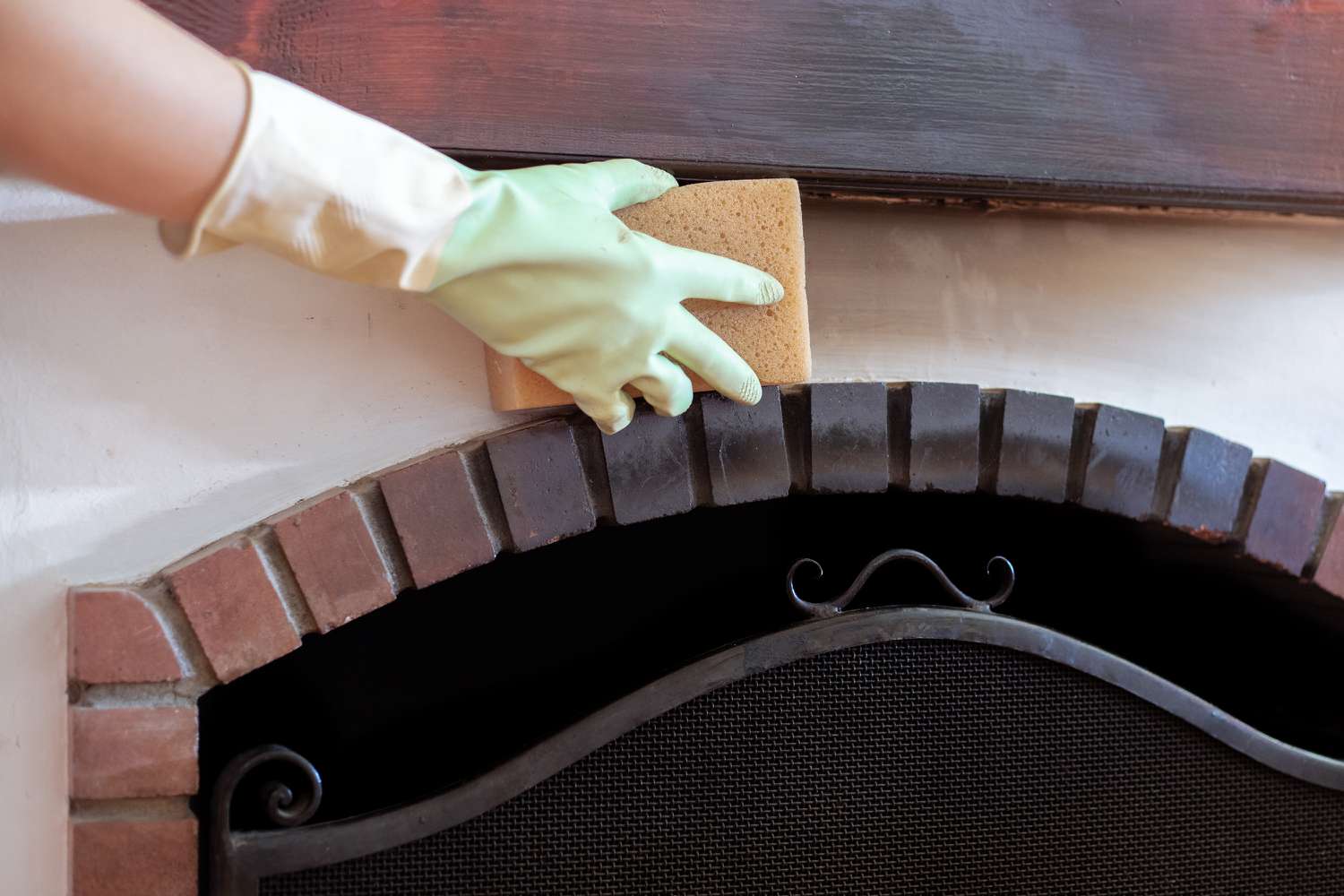
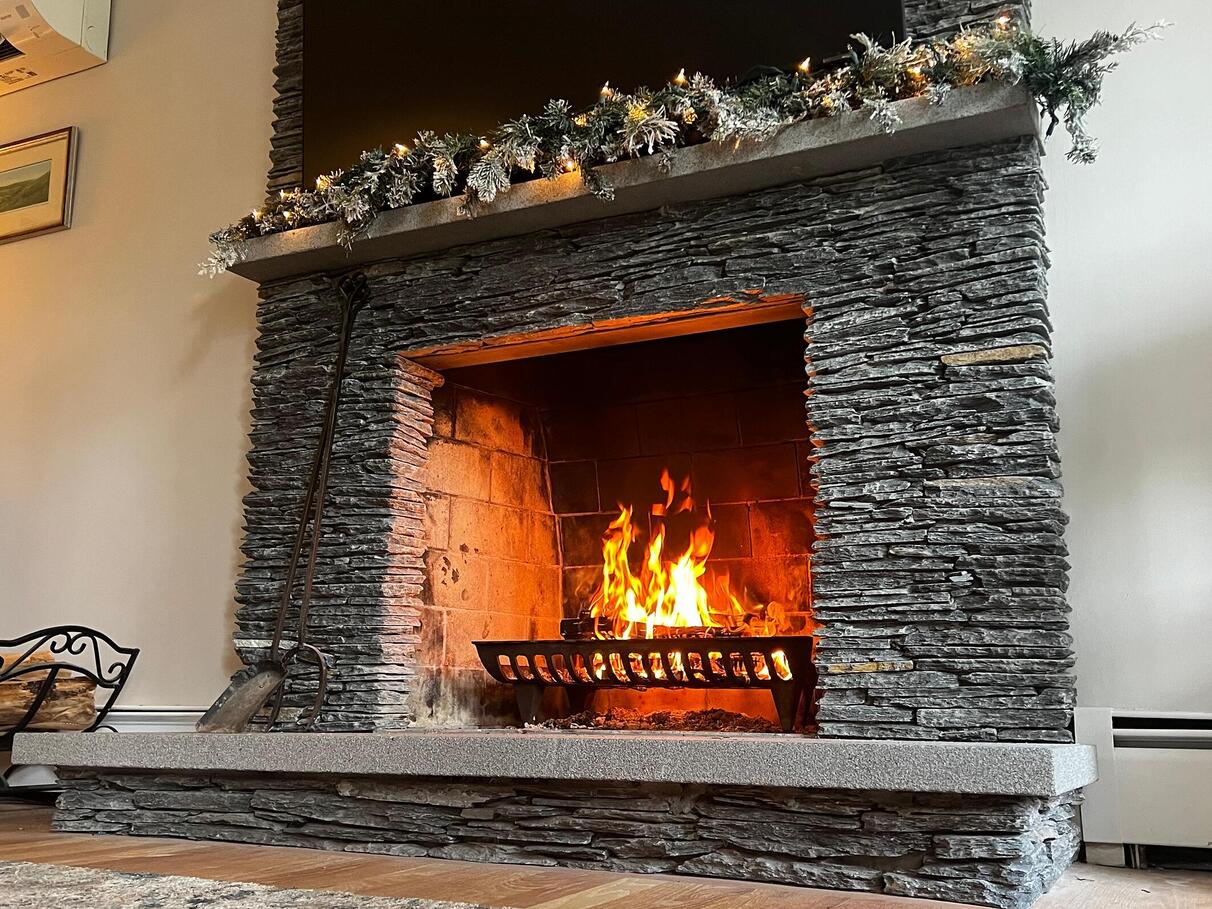
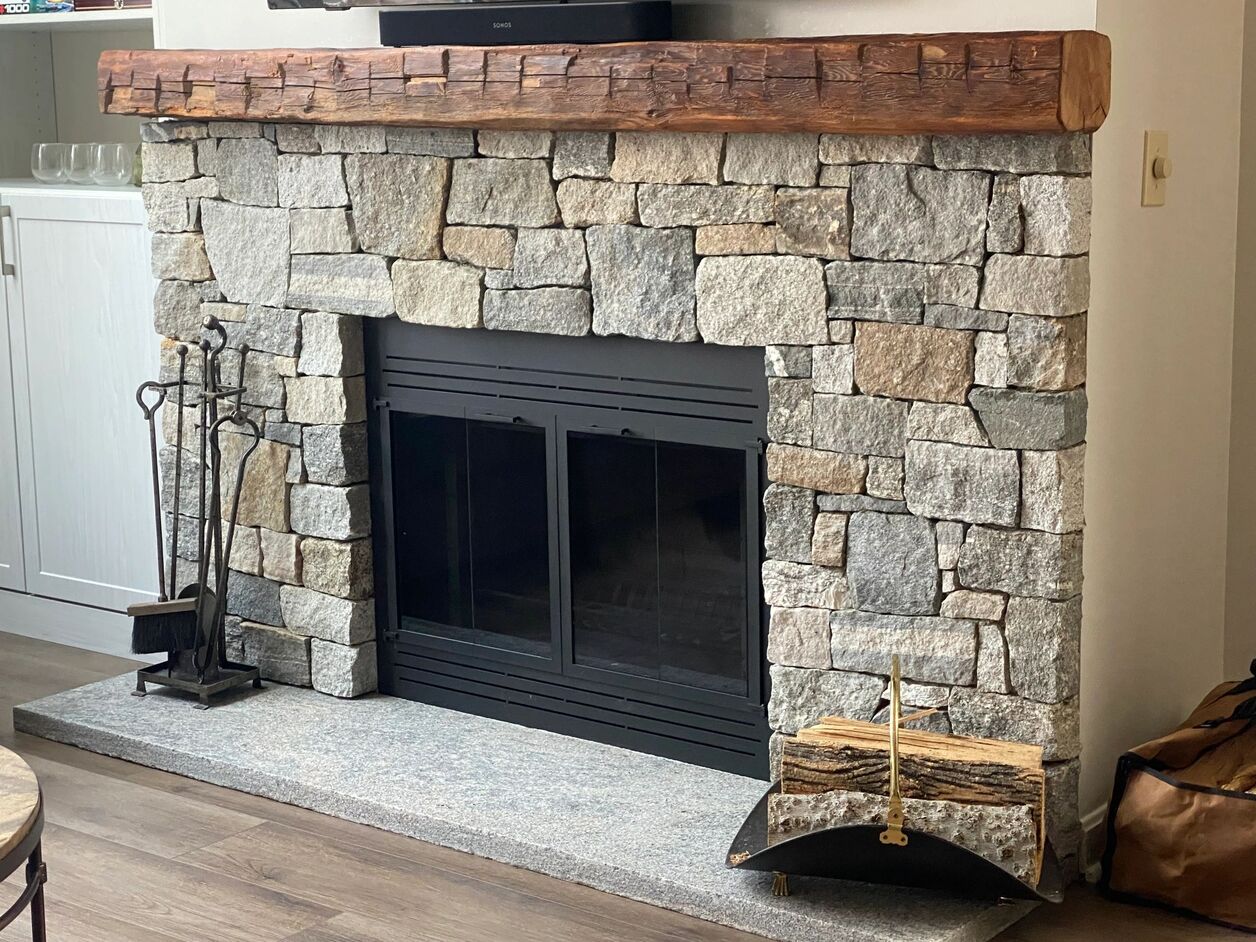
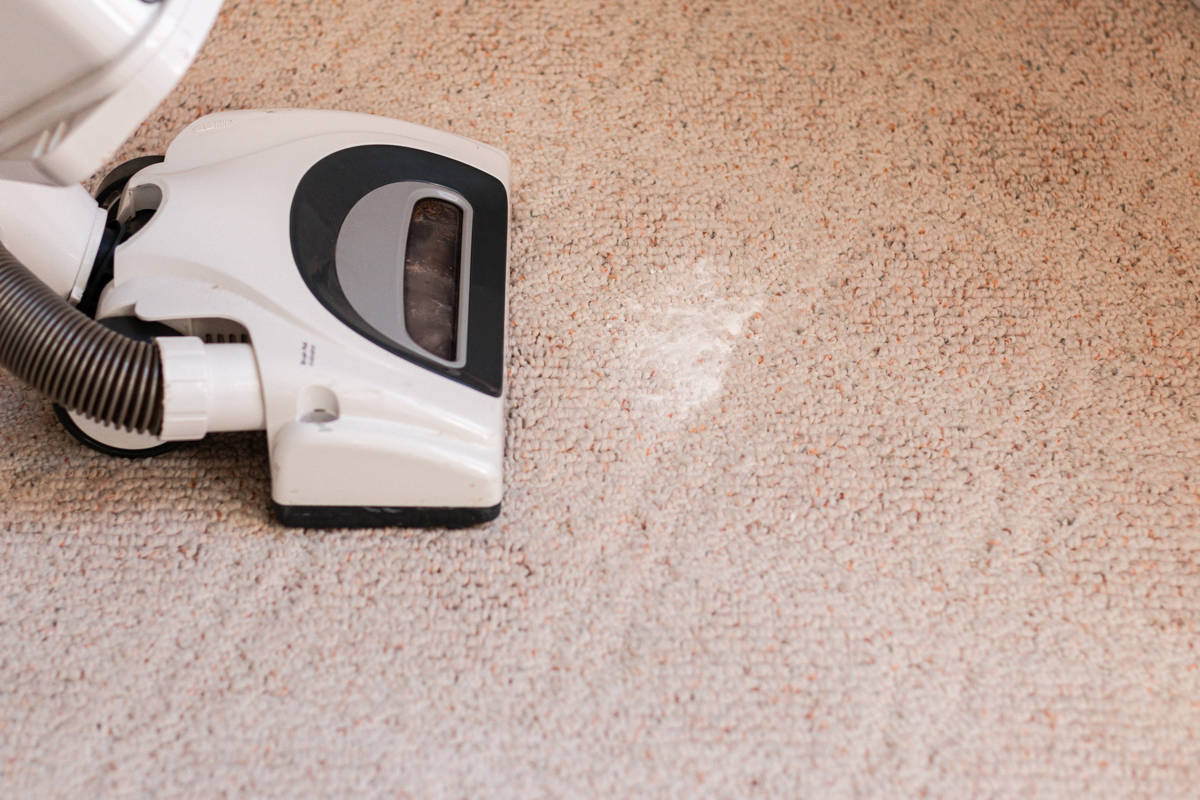





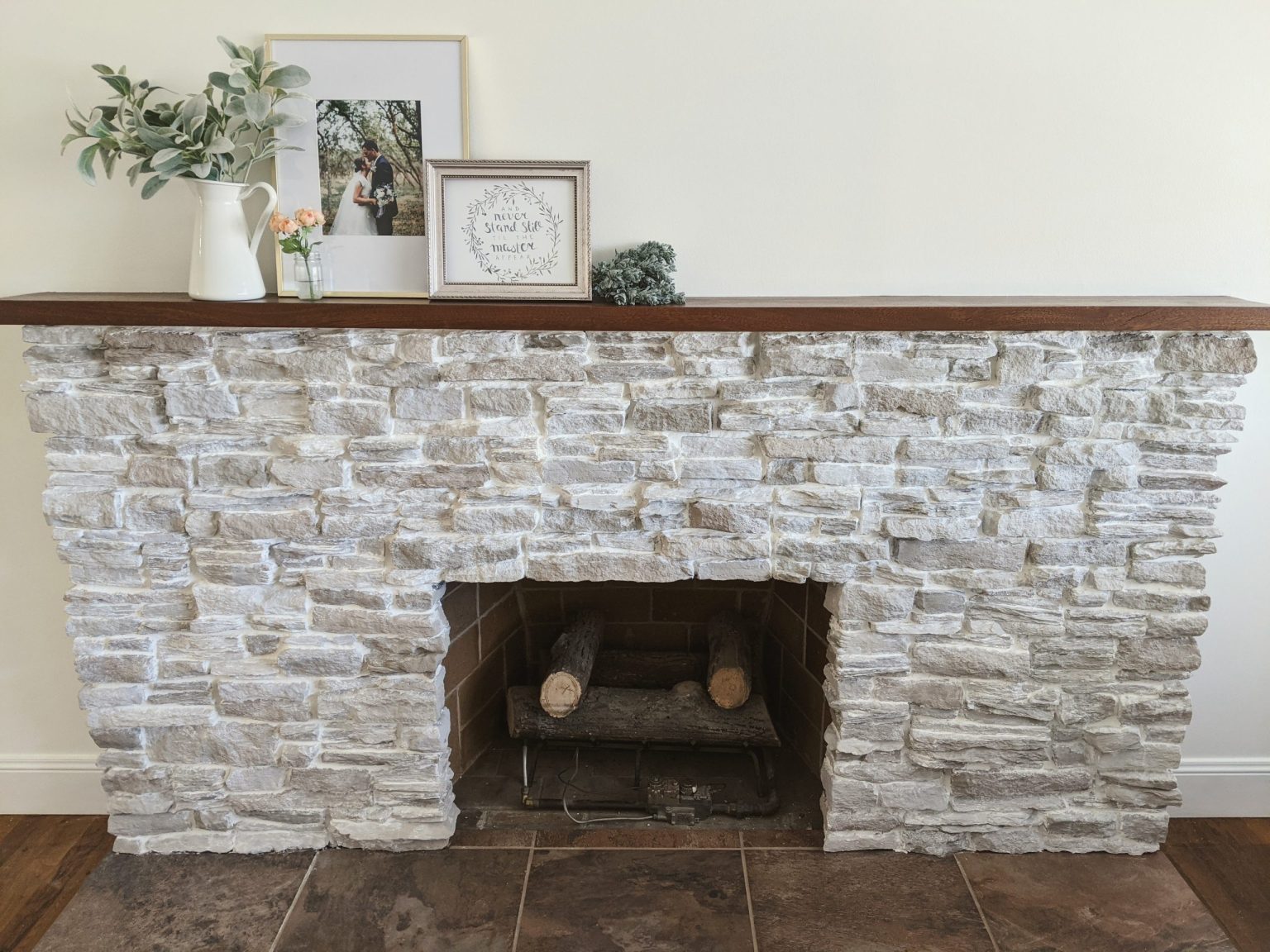

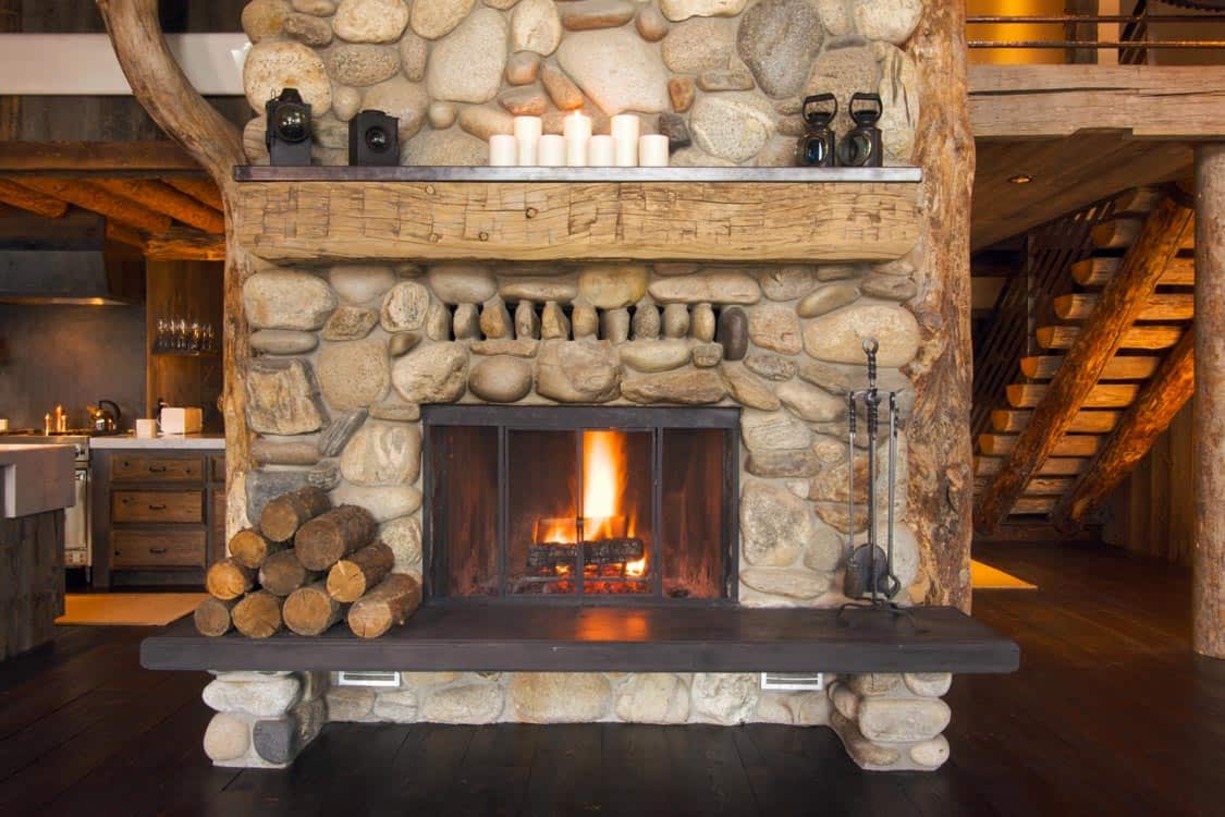


0 thoughts on “How To Clean Soot Off Stone Fireplace”